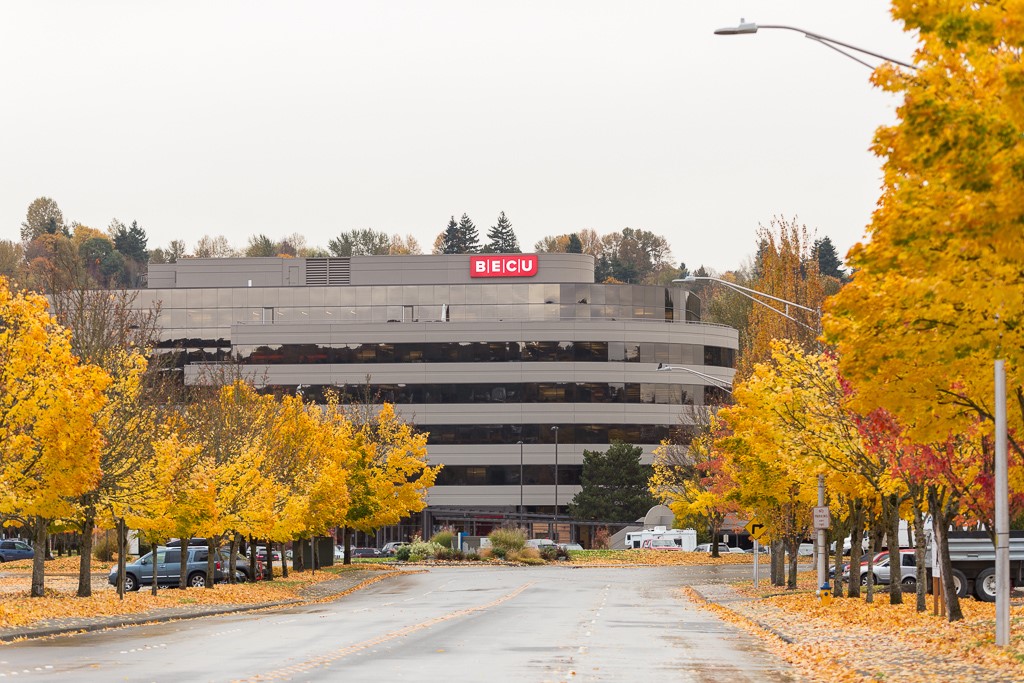Never before has the competition for a share of the member's wallet ever been more ferocious. Today the choices available include not only traditional choices like banks and credit unions, but also many new non-traditional choices such as discount brokerage houses, credit card companies and insurance carriers. Every day new entrants into the race for market share have driven financial services to that of a commodity. At the same time, as the competition is heating up, our society is rapidly changing from a Services Economy to that of an Experience Economy. In the new Experience Economy, consumers demand more than outstanding service. The new retail model must deliver a fulfilling, personable and memorable experience. Those businesses that deliver such an experience will thrive, and those businesses that continue to deliver their products and services with the dated customer service mindset are doomed. The implications of this shift to an Experience Economy for the financial services industry are profound. Credit unions that continue to deliver financial services in the present day retail service delivery model are making a strategic mistake, one that will dramatically reduce the effectiveness of their retail branches and the performance of their organization. In the new Experience Economy, retail design has evolved to the next generation of service delivery. Experience Retail branches are considerably different than the more traditional retail design that swept the county over the past 10 years. Significant differences between Traditional Retail and Experience Retail design include: TELLERLESS BRANCHES The focus of the traditional retail branch has been the teller line for the past 100 years. The role of the teller in the new Experience Retail environment is considerably different. Tellers must become knowledgeable financial consultants that add value to each and every member experience. The teller lines are no longer the focal point of the lobby and are being replaced by freestanding automated cash machines, remote teller systems or more radically the teller line has been completely eliminated. Branch employees in the new delivery model focus on the building of meaningful long-term relationships, which ultimately leads to greater penetration within the existing membership. TRANSACTIONAL vs. RELATIONSHIP The retail delivery strategy of Experience Retail shifts the traditional branch from a transactional focus to that of relationship development. All design and member touch points are created with the goal of improving the quality of relationships. MERCHANDISING AND PROMOTION Traditional marketing and promotion has been based on a shotgun strategy that blankets members with the product or service of the month, regardless if the member wants it or not. This strategy is quite inefficient in that only a small portion of the membership may even be interested in the "Flavor of the Month". Experience Retail design incorporates the product and services into the facility through strategically placed product displays called "centers". BRANCH COMMUNICATIONS The branch communications within Experience Retail environments utilize more dynamic state-of-the-art multimedia flat screen displays rather than static merchandising promotional materials. In addition, all branch communications must be strategically designed to enhance the brand of the credit union. SELLING PLATFORM Traditional offices and cubicles of branches are giving way to "Universal MSR" and private consultation rooms. Retail personnel will meet members in shared private consultation rooms. This concept is often referred to as "On Stage and Off Stage". This means that when you are on the retail floor you are "On Stage" focused on serving the member and where there are no dedicated private assigned offices, just like you would expect in Nordstrom's. Private workspace is provided "Off Stage" back office, where administrative paperwork and personal clutter are hidden from member view. EMPLOYEE ROLES AND DEVELOPMENT Experience Retail environments require front-line staff to be multi-task capable. The traditional employee model of departmentalized roles and job descriptions is replaced in Experience Retail with a member-centric focus that promotes single point-of-contact for all member service needs. Studies of credit unions that have deployed Experience Retail environments show that this delivery strategy reduces their FTEs on average by two per branch. The end result is a more efficient staffing model with increased member satisfaction. Experience Retail has arrived. Early adopters will create and sustain a competitive advantage, build market share and increase member satisfaction. Those that ignore the market shift are destined to compete based on fees and price.
© Touchpoint Markets, All Rights Reserved. Request academic re-use from www.copyright.com. All other uses, submit a request to [email protected]. For more inforrmation visit Asset & Logo Licensing.






